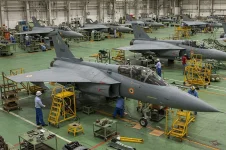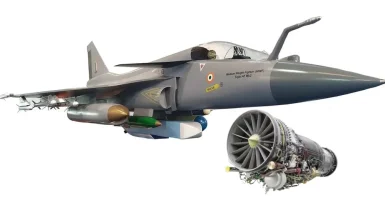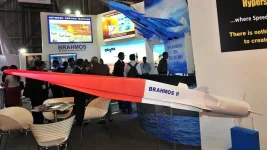- Views: 3K
- Replies: 16
India's primary agency for military research, the Defence Research and Development Organisation (DRDO), is set to advance its defence technology by transferring the knowledge of its domestically engineered Mk-II(A) 30-kilowatt (kW) laser-based weapon system to private companies.
This strategic initiative, confirmed after successful evaluations on April 13, 2025, at the National Open Air Range in Kurnool, Andhra Pradesh, is designed to facilitate large-scale manufacturing of the system to satisfy increasing requirements from the Indian Army.
This development supports India's broader goal of achieving self-sufficiency in defence production and places the nation among a select few possessing sophisticated Directed Energy Weapon (DEW) technology.
Such weapons use focused energy, like lasers, to disable or destroy targets. This article examines the specifics of the Mk-II(A) DEW, the plan for technology sharing, the Army's interest, and the wider effects on India's defence sector.
The Mk-II(A) system is the first high-power laser weapon of its kind developed in India. It was created by DRDO's Centre for High Energy Systems and Sciences (CHESS) in Hyderabad, with support from other DRDO laboratories, academic bodies, and various Indian industrial partners.
During its demonstration on April 13, 2025, the weapon effectively neutralised fixed-wing unmanned aerial vehicles (drones), repelled coordinated drone attacks, and destroyed enemy surveillance equipment and antennae from distances of up to 3.5 to 5 kilometres.
Mounted on a mobile truck for operational flexibility, the weapon system achieves its 30kW output by combining six 5kW laser beams, enabling it to strike targets with the speed of light and high precision.
DRDO's move to involve private firms in producing the Mk-II(A) system expands on its existing partnership with Bharat Electronics Limited (BEL). BEL has previously been granted licenses for the mass production of earlier laser weapon systems, including 2kW and 10kW versions designed for countering drones.
The current technology transfer will adhere to DRDO’s 2025 Policy for Transfer of Technology (ToT). The policy aims to utilise the manufacturing capabilities, innovative potential, and ability to scale up production found within the private sector, thereby meeting the Indian Army's need for more units.
This approach reflects a global trend where public-private partnerships are increasingly used to accelerate defence technology development and deployment.
The Indian Army's keen interest in the Mk-II(A) is based on its demonstrated success against non-conventional threats, especially the growing challenge posed by drones and other unmanned aerial systems (UAS). These systems have become increasingly common along sensitive border areas such as the Line of Control (LoC) and the Line of Actual Control (LAC).
The operational value of such laser technology was highlighted in April 2025 when a 2kW Mk-I laser weapon successfully destroyed a Chinese-made drone allegedly operated by the Pakistani Army near the LoC. The increased use of drones for surveillance and hostile activities globally underscores the need for effective counter-measures.
Previously, the Army inducted 23 Integrated Drone Detection and Interdiction Systems (IDD&IS) equipped with 2kW lasers, at a cost of ₹400 crore. These systems have been used to provide security against drone threats at significant national events, including the Republic Day parades in 2020 and 2021.
The new Mk-II(A) system, with its significantly increased power of 30kW and an extended engagement range of 3.5–5 kilometres, presents a substantial improvement in capability. This has led the Army to signal its interest in acquiring additional systems.
DRDO officials have described the Mk-II(A) as the "most potent Counter Drone System" for contemporary warfare, praising its "lightning speed engagement, precision, and lethality."



